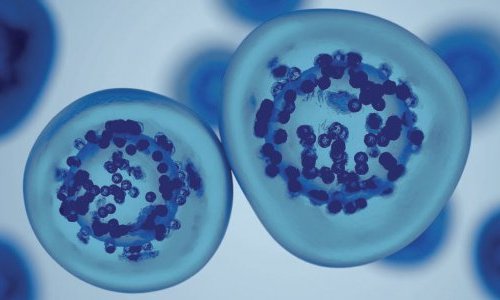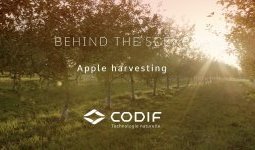
Pierre-Henri Gouyon (Photo: © Université Paris 1 Panthéon-Sorbonne)
Premium Beauty News - What is your view on personalized genomics and epigenetics?
Pierre-Henri Gouyon - Genetic information is coded in the form of a message through the DNA, a very stable molecule. It should be known that taken separately, this information has no value: a gene cannot make anything. This information must be read by a system we can call a decipherer, which can be found in a given environment. This Message-Decipherer-Environment (MDE) system is interdependent. I like to compare it with the cooking field, where the recipe is the message: it will never make a dish on its own. The cook is the decipherer, and the laboratory where he works and the ingredients he uses are the environment.
Epigenetics have to do with the decipherer, which sets up reading systems depending on many elements, including the environment, and modifies the way the message is read. That is when hormones, cell differentiation systems, and the mechanisms related to DNA methylation get involved. And we get different answers from the same hereditary message. Epigenetics science is not new, it appeared in the 1930s. But it was recently demonstrated that certain epigenetic disruptions could be transmitted on the intergenerational level. About ten years ago, researchers at the University of Umea, Sweden, showed that two generations later, in a village in the North of Europe, certain individuals suffered from the same diseases as their ancestors, although they had not experienced the same famine/abundance episodes favourable to diabetes and cardiovascular diseases. More recently, it was found that a disrupted reproductive system in women could result in anomalies in the sexual development of their girl descendants. So, obviously, we cannot analyze this system partially. It should be considered as a whole when taking interest in this topic.
Premium Beauty News - Your laboratory has been working on genetic systems, adaptation, and domestication. Do the issues related to climate change act on these systems?
Pierre-Henri Gouyon - In my early career, I conducted research work on the genetic variability of aromatic thyme essences. Six genetically different essences coexisted, including one which could be found in a region north of Montpellier, France, where climate conditions were extreme in winter. In the 1960s, the temperature in this area could reach -30 °C. In the 1980s, it was only -20 °C, and now, the thermometer rarely goes down below -10 °C. Forty years later, it was found that these changes resulted in the gradual disappearance of forms that resisted against the cold. Their adaptation involves the elimination of non-adapted forms.
Premium Beauty News - You have co-written Le fil de la vie : la face immatérielle du vivant, a book published in April 2016 by Odile Jacob, in which you explain information is more important than matter.
Pierre-Henri Gouyon - Indeed, with Jean-Louis Dessalles, who is an expert in artificial language and intelligence, and Cédric Gaucherel, specialist of ecosystems and their interactions with animal and human life, we suggest a complementary view on living organisms. Western science is based on the study of matter and energy. We consider life as a set of structures produced by information and able to reproduce information, whether genetic, social, or ecosystemic. It is genetic information that reproduces, not living beings. Genes use living organisms as vehicles to reproduce. Information unites organisms in time, and it is able to travel from one organism to another, be stored in them, be transmitted, and withstand the test of time beyond their temporal limit.




























